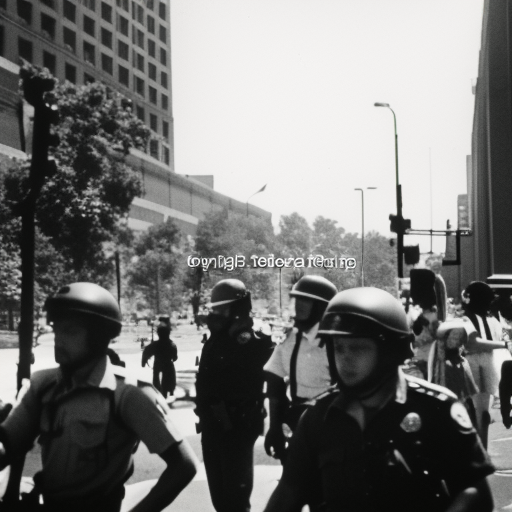Summary: June 1976 Protests
In June 1976, a series of protests erupted in South Africa, primarily in the township of Soweto, against the government’s policy of enforcing Afrikaans as the medium of instruction in schools. The protests were met with brutal force by the authorities, resulting in the deaths of hundreds of students and sparking a wave of resistance that would continue for years to come.
Background
The policy of Afrikaans as the language of instruction was seen by many as a symbol of the apartheid regime’s attempt to suppress black culture and enforce white dominance. On June 16, 1976, thousands of students gathered in Soweto to protest against this policy and demand better education and equal rights.
The Protests
The protests began peacefully, with students marching through the streets and chanting slogans. However, tensions quickly escalated as the police responded with violence, firing tear gas and live ammunition at the protesters. The students fought back with stones and makeshift weapons, leading to clashes that lasted for several days.
The Soweto Uprising
The Soweto Uprising, as it came to be known, was a turning point in the struggle against apartheid. The brutal response of the authorities shocked the world and galvanized opposition to the regime. The images of police brutality and the deaths of young students sparked outrage both within South Africa and internationally.
International Response
The international community condemned the South African government’s actions and imposed economic sanctions and diplomatic pressure. The United Nations denounced the apartheid regime and called for an end to racial discrimination. Many countries, including the United States, imposed restrictions on trade and investment with South Africa.
Legacy
The Soweto Uprising had a profound impact on the anti-apartheid movement in South Africa. It inspired a new generation of activists and led to the formation of organizations such as the African National Congress Youth League. The protests also highlighted the power of youth in driving social change and brought attention to the plight of black South Africans.
Reforms and the End of Apartheid
In the aftermath of the protests, the South African government made some concessions, including the repeal of the policy of compulsory Afrikaans in schools. However, the protests continued, and the resistance against apartheid grew stronger. It would take another 14 years before apartheid was officially abolished and Nelson Mandela was elected as the country’s first black president in 1994.
Conclusion
The June 1976 protests in Soweto marked a turning point in the struggle against apartheid in South Africa. The brutal response of the authorities and the deaths of hundreds of students sparked international outrage and galvanized opposition to the apartheid regime. The protests inspired a new generation of activists and played a crucial role in the eventual dismantling of apartheid. The legacy of the Soweto Uprising serves as a reminder of the power of collective action and the importance of fighting for justice and equality.












